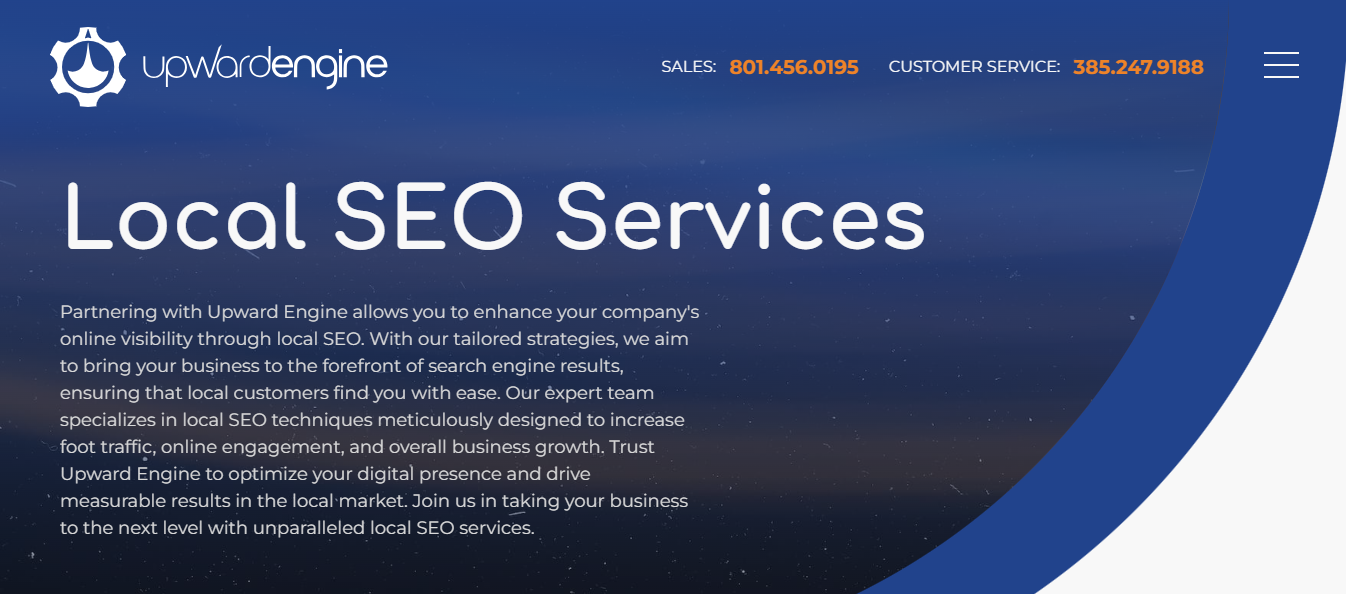How to Get Your Website Ranked in the Top 10 on Google
Understanding Google Ranking Factors
To effectively improve your website’s visibility and achieve a top ranking in Google’s search results, it is essential to comprehend the various factors that influence Google ranking. One of the foremost elements is keyword relevance; it pertains to how well the content of your website aligns with the search queries made by users. Employing relevant keywords strategically throughout your site can enhance its likelihood of being listed prominently in search results.
Another core factor is the authority of your website. This authority is often assessed based on the quality and quantity of inbound links pointing to your site. Websites that are recognized as authoritative tend to rank better due to the trust placed in them by Google. Consequently, cultivating backlinks from reputable sources can significantly boost your website’s ranking potential.
User experience (UX) also plays a pivotal role in how Google evaluates websites. Elements such as page loading speed, intuitive navigation, and visually appealing design contribute to a positive UX, encouraging users to stay longer on your site. A high bounce rate, conversely, can signal to Google that your website may not be providing the information or experience users are seeking, resulting in lower rankings.
Additionally, with the growing reliance on mobile devices for browsing, mobile-friendliness has surfaced as a critical factor in ranking. Google emphasizes responsive design, ensuring that websites deliver a seamless experience across various screen sizes. Websites that fail to accommodate mobile users may find themselves at a disadvantage in search rankings.
Finally, Google’s algorithm undergoes regular updates, often changing the criteria for ranking in Google. Keeping informed about these updates is vital for maintaining and enhancing your website’s standing in search results. By understanding these ranking factors, one can better optimize their website for improved visibility and user engagement.
Optimizing Your Website for SEO
To achieve a higher ranking in Google, it is vital to optimize your website effectively for search engine optimization (SEO). The foundation of on-page SEO lies in conducting thorough keyword research to identify relevant terms that potential visitors may use to search for content like yours. Once you’ve identified these keywords, the next step is to integrate them naturally into your website’s titles, headers, and content. Ensuring that your title tags are compelling and informative can significantly enhance your website’s click-through rate from search engine results.
In addition to titles, headers also play a crucial role in SEO. Utilizing header tags (H1, H2, H3) to structure content not only helps search engines understand the webpage’s hierarchy but also improves user readability. Furthermore, meta tags, particularly the meta description, provide a brief summary of a webpage, influencing whether users choose to click on your link. Crafting unique and engaging meta descriptions for each page can positively impact your website’s visibility and ranking in Google.
Another essential aspect is the use of image alt text, which describes the visual content of your website. By using alt text effectively, your website not only becomes more accessible but also aids in ranking for relevant image searches. Internal linking is another vital strategy that enhances user navigation and helps distribute page authority across your site.
Beyond on-page techniques, off-page SEO is equally important. Backlinking, which involves acquiring links from other reputable websites, can significantly elevate your site’s credibility and authority, integral components in achieving high rankings. Additionally, incorporating social media strategies can drive traffic to your website and enhance its visibility. When executed correctly, these combined techniques will lay a robust foundation for boosting your website’s ranking in Google.
Content Creation Strategies for Higher Rankings
Generating high-quality content is essential for improving a website’s ranking in Google. When creating content, it is crucial to first identify the target audience. Understanding their needs and preferences helps in crafting relevant content that addresses their specific queries and interests. This audience-centric approach ensures that the material produced not only attracts visits but also retains user engagement, ultimately boosting the website’s credibility.
In addition to knowing your audience, utilizing a variety of content formats can significantly enhance ranking potential. Incorporating elements such as blogs, videos, and infographics allows for a more engaging user experience. For instance, while textual content can provide in-depth information, videos can offer quick insights, and infographics can visually summarize important data. Each format serves a unique purpose and caters to different learning styles, thus broadening the appeal of your website.
Moreover, maintaining a consistent publishing schedule is vital for ranking progression. Search engines favor websites that frequently update their content, as this signals that the website is active and continuously providing valuable information. Setting up a content calendar can help manage and organize new topics, themes, and formats efficiently. Regular updates not only encourage return visits but also improve the chances of making the website more favorable in Google’s eyes.
Lastly, freshness in content is crucial. Revisiting existing posts, updating statistics, and adding new insights can breathe new life into older materials. This practice not only maintains relevance but can also enhance the pages’ performance, attracting more organic traffic. By integrating high-quality, varied, and updated content strategies, a website can achieve stronger positions in Google rankings over time.
Tracking and Analyzing Your SEO Efforts
Monitoring your website’s performance is crucial for achieving and maintaining high rankings in search engine results, particularly on Google. The landscape of SEO is dynamic, with frequent updates to algorithms and shifting user behaviors, making it imperative to regularly assess your website’s standing. One of the most effective means to track your SEO progress is through various analytical tools that provide insights into traffic sources, user engagement, and keyword performance.
Google Analytics is among the most robust tools for assessing traffic and user behavior on your website. By setting up goals and tracking conversions, you can gain a clearer picture of how visitors interact with your content. Other tools, such as Google Search Console, enable you to monitor your website’s ranking in Google, position for specific keywords, and identify areas of improvement. These platforms not only provide quantitative data but also qualitative insights that can inform your content and SEO strategies.
Interpreting the data gathered from these analytical tools is a vital part of refining your SEO approaches. For instance, if analytics reveal that certain keywords are underperforming, you may want to reassess your content strategy or update existing articles to better target those keywords. Additionally, monitoring user behavior can unveil insights into what content resonates most effectively with your audience, which can guide future content creation. Adapting to these insights will help to ensure you stay in line with best practices and evolving trends, ultimately driving your website closer to the coveted top 10 ranking in Google.



